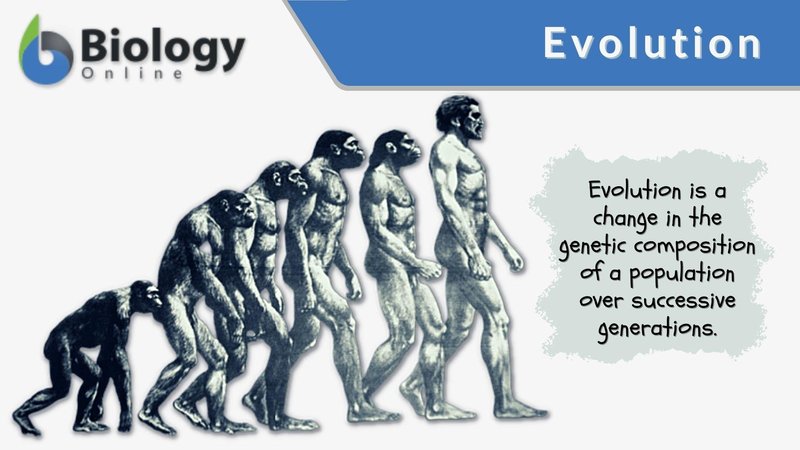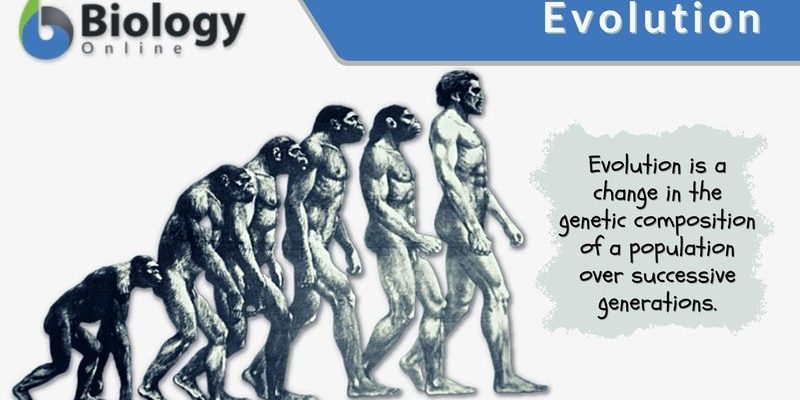
Let’s picture the goose as a character in this story. They began their journey many thousands of years ago when they were more than just the feathered friends we see today. They were once wild, roaming the skies and waters, and over time, they found their way into human lives. As we sip our coffee, let’s delve deep into their fascinating evolution and history.
Origins of the Goose: A Walk Through Time
The story of the goose begins in the wild wetlands of Europe and Asia. Scientists trace their roots back to the family Anatidae, which also includes ducks and swans. Picture a time long ago, where early backyards didn’t exist, and instead, geese flourished in lush marshes and rivers. These birds were drawn to water, and it’s here that they evolved into different species.
Over time, geese adapted to various environments, leading to the development of multiple breeds. One of the most recognized ancestors of today’s domestic goose is the *Anser anser*, or the Greylag goose. It’s fascinating to think that this bird, with its plump body and honking call, was a major stepping stone in the domestication of geese. Humans quickly noticed their tasty meat and eggs, sparking a collaboration that would last for centuries.
As geese became part of village life, they served as not just a source of food but also as companions. They had their own personalities—some were shy, while others bold and boisterous. This early connection paved the way for their domestication, making them integral to many cultures around the world.
The Domestication Process: From Wild to Tamed
Domestication is a fascinating process, and it’s interesting to see how geese transitioned from wild to tamed. Humans began selectively breeding geese around 5000 years ago in regions like Ancient Egypt. This is where geese were not just companions but symbols of prosperity. Imagine seeing sacred geese wandering around the temples, their presence adding a divine touch to daily life.
During this time, people started recognizing the differences between wild and domesticated geese. Domesticated geese were often larger and friendlier. They were bred for traits like size, temperament, and egg production. This means that the friendly geese you see in parks today are descendants of those ancient birds that were cherished and cared for by our ancestors.
The impact of domestication also led to the spread of various goose breeds across the globe. In Europe, for example, the Embden and Chinese geese emerged, each with unique characteristics tailored to the needs of the people who raised them. Over time, these domestic varieties became essential to farming, especially in places where other livestock might have struggled to thrive.
Geese in Mythology and Culture
Geese have always held a special place in human culture and mythology. In various ancient societies, they were seen as symbols of loyalty and protection. For instance, in Roman mythology, geese were sacred to the goddess Juno. They were believed to have saved the city of Rome during a surprise attack by alerting the citizens with their honks. It’s a thrilling image, right? Geese standing strong, alerting everyone to danger!
In Chinese culture, geese represent fidelity and love. They’re often depicted in art and literature as symbols of marital harmony. The idea of geese finding their partners and sticking together gave rise to stories and traditions that celebrated their loyalty. Such themes not only showcase their role in nature but also reflect how humans have perceived these birds throughout history.
With their associations in cultures worldwide, geese have also become popular figures during seasonal celebrations. Whether it’s a Thanksgiving feast in the United States or autumn festivals in Europe, the history of geese intertwines beautifully with human traditions, emphasizing their importance across the ages.
The Role of Geese in Agriculture
As agriculture rose to prominence, the role of geese transformed significantly. Their contributions to farming practices are often underestimated. You might be surprised to learn that geese were excellent at managing pests—snacking on bugs and weeds that could threaten crops. Think of them as nature’s little helpers, wandering through fields and keeping unwanted critters at bay.
Farmers began to appreciate their versatility. Not only did they provide meat and eggs, but their feathers were used for bedding and writing tools. This multifaceted approach to farming made geese valuable assets to households around the world. Imagine farmers relying on these birds for food, pest control, and even insulation during chilly nights.
With the shift from subsistence farming to more industrialized agriculture, the role of geese has also evolved. Today, while some farmers still raise geese for traditional purposes, others focus on breeding for specific traits like size or egg production aimed at commercial sales. This adaptation emphasizes how geese continue to hold a place in contemporary farming, albeit with modern twists.
Geese in Modern Times: Conservation and Care
Fast forward to the present day, and geese are still captivating our hearts. While they are often seen as mere park dwellers, these birds play crucial roles in ecosystems. They are indicators of environmental health, with their migrations showing patterns that can tell us about climate change. You might be wondering: how do these migrations work? Well, geese travel thousands of miles during migration, using the Earth’s magnetic fields and landmarks to guide their way.
However, with urbanization and habitat loss, many wild goose populations are under threat. Conservation efforts are crucial in protecting not just geese but the wetlands they depend on. Organizations worldwide are working hard to create protected areas and promote awareness about the importance of keeping natural habitats safe.
In addition, there’s been a growing interest in having geese as pets, with more people raising them in their backyards. They make charming companions, often developing strong bonds with their humans. For those interested in keeping geese, it’s essential to understand their needs for space, social interaction, and care. After all, they’re quite the social beings—free spirits who thrive in flocks!
The Contributions of Geese Beyond Agriculture
Geese have contributed to various aspects of human life beyond agriculture. Their down feathers are renowned for their insulating properties, used in everything from jackets to bedding. Imagine snuggling in a warm, cozy blanket filled with these soft feathers—it’s no wonder they’ve become a favorite in the textile industry!
Moreover, geese are often used in educational programs focusing on conservation and wildlife studies. Schools and nature centers utilize geese to teach kids about ecosystems, migration patterns, and the importance of conservation. This not only elevates the understanding of these birds in society but nurtures a new generation of wildlife enthusiasts and protectors.
In summary, the evolution and history of the goose reflect their adaptability, resilience, and significance in human lives. From ancient protectors and companions to modern-day icons of conservation, geese remind us of the interconnectedness of nature and culture. As we look towards the future, understanding their past helps us appreciate and protect these remarkable birds.
In the end, every honk and flap of a goose’s wings carries a tale worth exploring. So, the next time you see a goose, remember that there’s more to their story than meets the eye. They are not just birds; they are living links to our shared history and efforts to preserve the world we live in.

